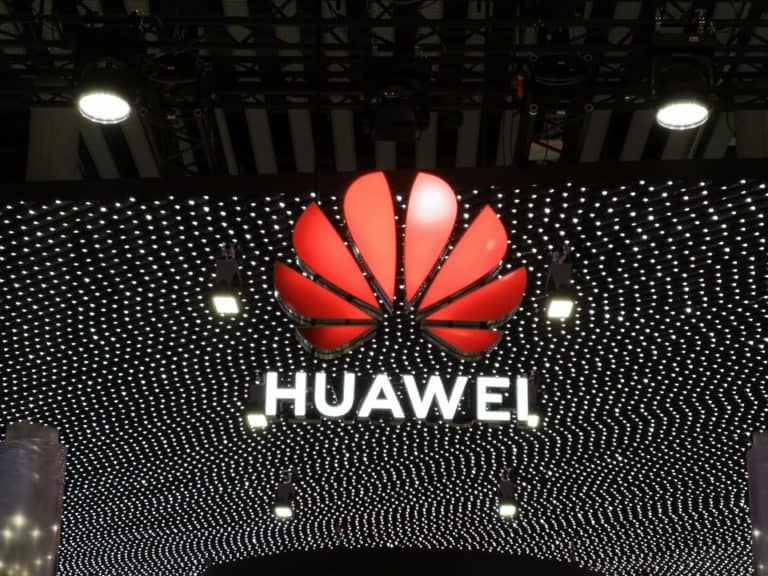A shift to IoT may help the company weather the storm of sanctions and trade wars hitting its 5G business.
U.S.-China trade tensions are driving the long-suffering Huawei to seek opportunities in other smart devices.This move, however, is also fraught with peril. In short, moving to such businesses as IoT may not put it in jeopardy with foreign governments, but it is stirring a hornet’s nest of competitors.
The move to expand their horizons comes after having posted anemic revenue growth in 2020,. The company reported an increase of just 3.8% to 891.4 billion yuan ($136 billion). Also, its net profit grew 3.2% to 64.6 billion yuan. These results were in line with their ow forecasts, the company said.
In crisis lies opportunity
The company’s slowdown in 2020 was mostly due to a slump in Huawei’s overseas smartphone sales. This depression happened after U.S. export controls cut the firm off from core chipsets and Google services that are seen as critical to consumers. Without these highly popular feature sets and functionalities, the Huawei phone business sputtered and stalled.
In response, Huawei seems to have seized upon the old Chinese proverb that in crisis lies opportunity. The tech giant has now accelerated its efforts to diversify and offset losses from its phone business.
For the past two years, Huawei’s has been ratcheting up efforts in a multitude of smart devices, including AR/VR headsets, tablets, laptops, TVs, smartwatches, speakers, headphones and in-car systems.
Huawei’s matrix of connected products is reminiscent of Xiaomi’s IoT strategy built around its smartphones and operating system, with the difference being that Huawei is also a telecom infrastructure supplier.
Huawei’s IoT push has shown some early traction, but competition is fierce. Smartwatches, it said, was one of its major revenue drivers from last year.
But Apple is the 800-pound gorilla in the wearables space, with 34.1% of the market in 2020. Huawei ranked third at 9.8%, trailing its domestic rival Xiaomi, which accounted for 11.4% of total shipments last year.
